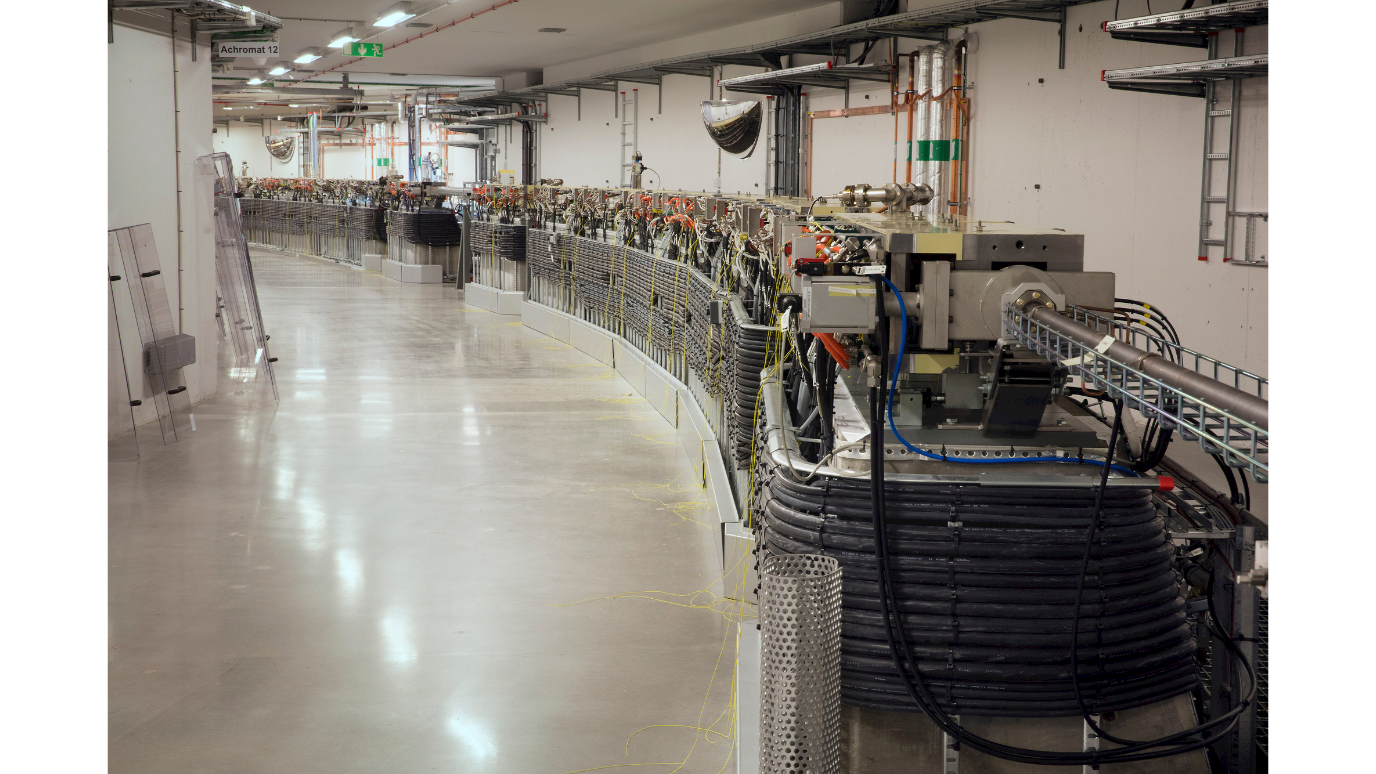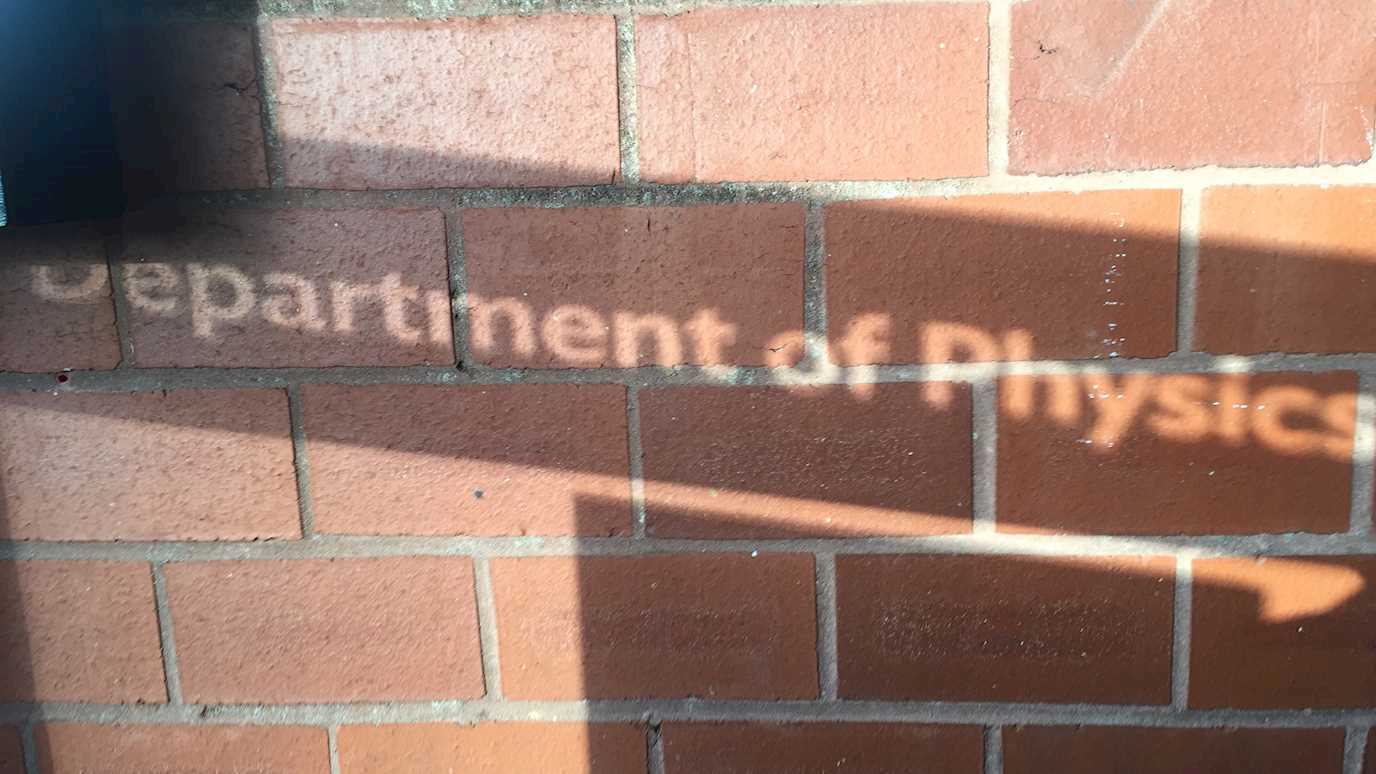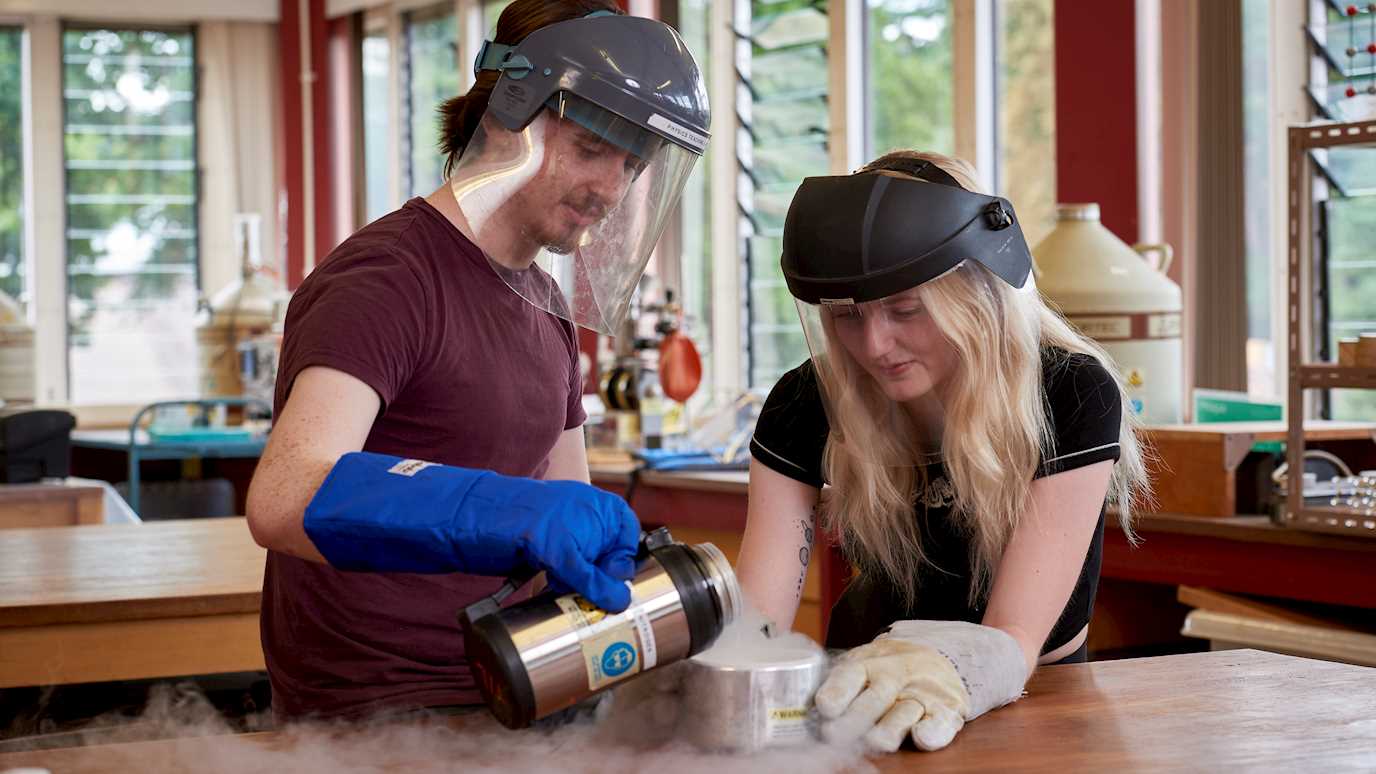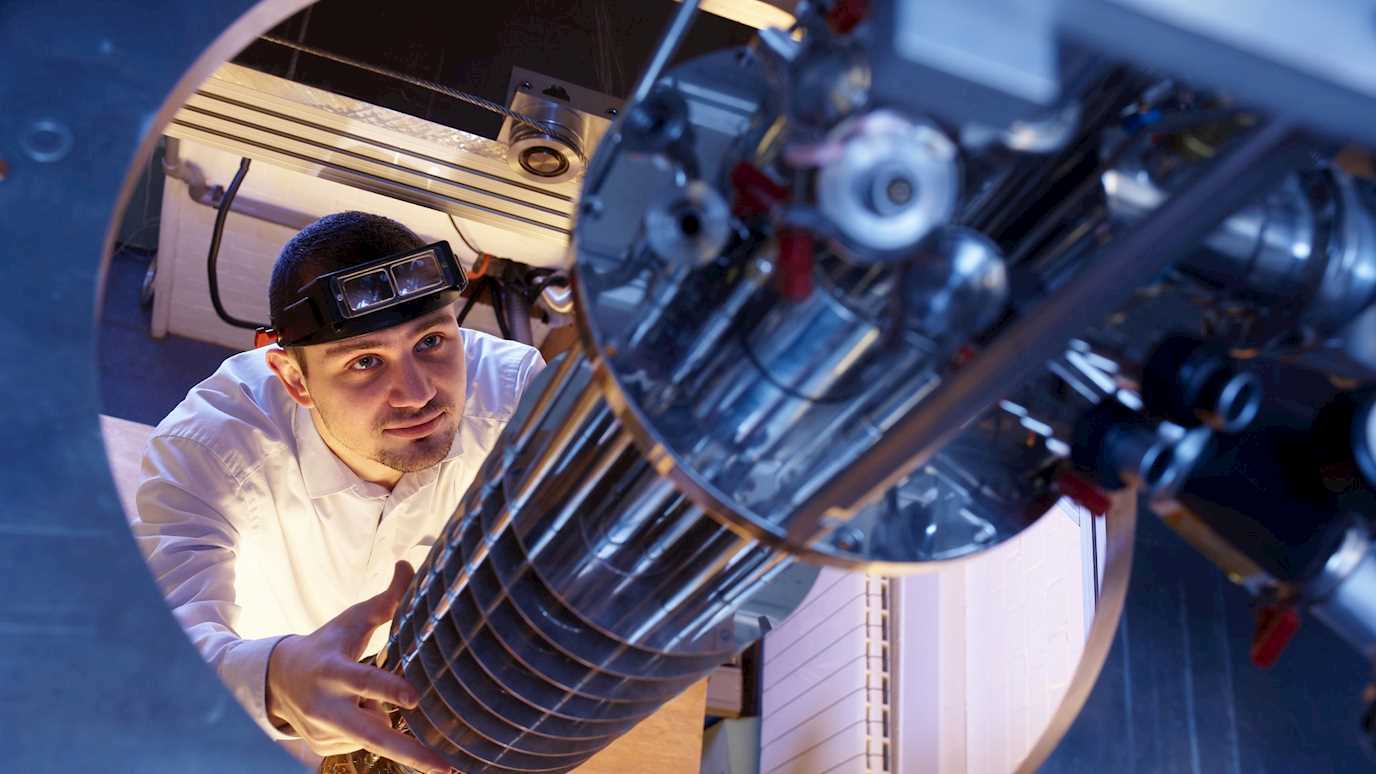Dr Francis Cullinan (MAX IV Laboratory, Lund, Sweden)
The latest generation of storage-ring based light sources employ multibend-achromat lattices to store an electron beam of low horizontal emittance and produce diffraction-limited X-rays. These storage rings typically have a vacuum chamber that is of smaller diameter than in the previous generation. This inevitably leads to an increase in the machine impedance, which can cause collective beam instabilities. The use of higher-harmonic RF cavities to lengthen the electron bunches is also more common. These can be both a mitigation and, as a large source of impedance themselves, a cause of beam instabilities. In this seminar, I will first briefly introduce the MAX IV facility and the 3 GeV storage ring, the first storage ring of the new generation. I will then talk about the study of its impedance and the related collective effects. The characterisation of the MAX IV 3 GeV ring is especially important because the results will influence the design of future storage rings and of upgrades to existing ones around the world.

























